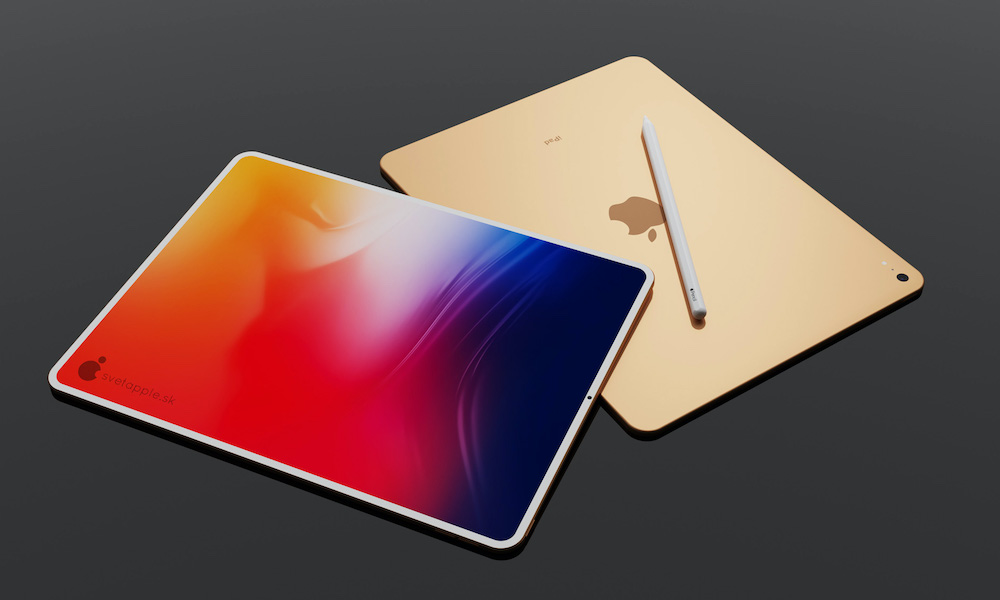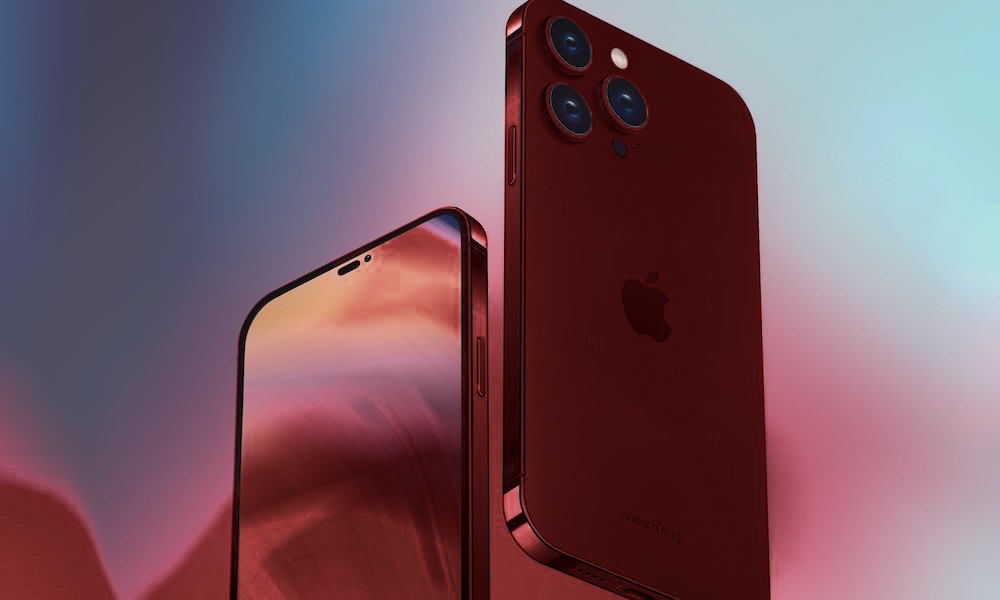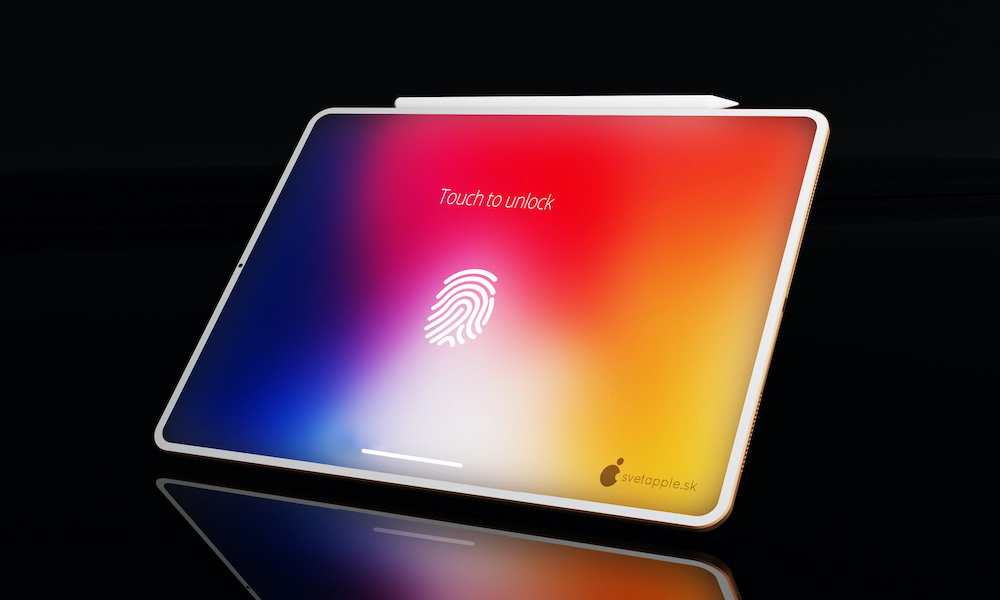Thinner Bezels All Around | New iPhone 15 Pro Display Tech Is Also Coming to the iPad
 Credit: Svet Apple SK
Credit: Svet Apple SK
Toggle Dark Mode
If recent rumors are accurate, Apple plans to significantly slim down the bezels on the iPhone 15 Pro and iPhone 15 Pro Max this year. However, it seems that the company doesn’t plan to stop with the iPhone; the same screen technology is expected to eventually make its way to the iPad lineup.
We first heard reports of the slimmer bezels in March, when leaker Ice Universe revealed that the iPhone 15 Pro Max would break a new record by shrinking the bezels down to 1.55mm, making them thinner than the Xiaomi 13, which offers the slimmest edges available now at 1.81mm.
By contrast, the iPhone 14 Pro has a 2.17mm bezel, and the Samsung Galaxy S23 lineup beats that only slightly at 1.95mm.
While Ice Universe only mentioned the iPhone 15 Pro Max at the time, another report earlier this month added that the iPhone 15 Pro should also get similarly smaller bezels. While Ice Universe has a pretty good track record for accuracy, another source that’s typically even more reliable is backing that up along with more detail on exactly how Apple plans to accomplish this.
In the latest issue of his Power On newsletter, Bloomberg’s Mark Gurman describes Apple’s years-long quest to shrink the bezels as much as possible, starting with its first edge-to-edge screen design in the 2017 iPhone X. Apple slimmed down the bezels slightly in the iPhone 12, reduced the notch size in the iPhone 13 Pro, and then eliminated the notch entirely in favor of the Dynamic Island in last year’s iPhone 14 Pro and iPhone 14 Pro Max.
Apple Inc. designers have long dreamed of an iPhone that is truly all-screen — with no borders around the display and no cutouts for cameras or sensors. With the iPhone 15 this fall, Apple will take another step toward that goal.
Mark Gurman
Gurman confirms that the iPhone 15 Pro and iPhone 15 Pro Max will take the next big step to reduce the bezel sizes thanks to a new technology known as low-injection pressure over-molding, or “LIPO.”
Further, Gurman also roughly corroborates Ice Universe’s numbers, adding that the “new process will shrink the border size around the display to 1.5 millimeters (from about 2.2 millimeters on current iPhones).” However, it’s fair to say he’s probably doing some rounding here from the more precise 1.55mm and 2.17mm previously shared.
This won’t be the first time Apple has used LIPO in its screens. Despite rumors that the Apple Watch Series 7 would get a more visually distinct redesign than what ultimately appeared, it wasn’t without some significant but more subtle design changes. Among these was a completely re-engineered screen that, as Gurman notes, used the same LIPO technology to allow for thinner borders and a larger display. Contrary to suggestions floating around at the time, this wasn’t a last-minute design change, and it was likely the new LIPO technology that accounted for rumored production delays, not a scrapped design that Apple couldn’t actually pull off.
That seems even more likely in light of the fact that we’re now hearing similar rumors about the new iPhone 15 Pro display technology, possibly leading to production delays. Clearly, LIPO is tricky to get right — even the second time around.
What’s more interesting is that Gurman’s sources tell him that Apple also plans to bring the LIPO feature to the iPad, although that may not happen until the company is ready to move to OLED screens on its tablets. That could happen as soon as next year, but it’s likely to be limited to the premium iPad Pro lineup for the foreseeable future. Gurman speculates that Apple could also move over to an in-screen fingerprint reader with this switch — something that was rumored to come to the 2020 iPad Air before Apple surprised everyone with a side-button Touch ID sensor instead.
Meanwhile, the iPhone 15 and iPhone 15 Plus won’t likely get the same reductions in bezel sizes. However, they will see the elimination of the notch as they’re expected to gain the Dynamic Island introduced on the iPhone 14 Pro and iPhone Pro Max.
[The information provided in this article has NOT been confirmed by Apple and may be speculation. Provided details may not be factual. Take all rumors, tech or otherwise, with a grain of salt.]









